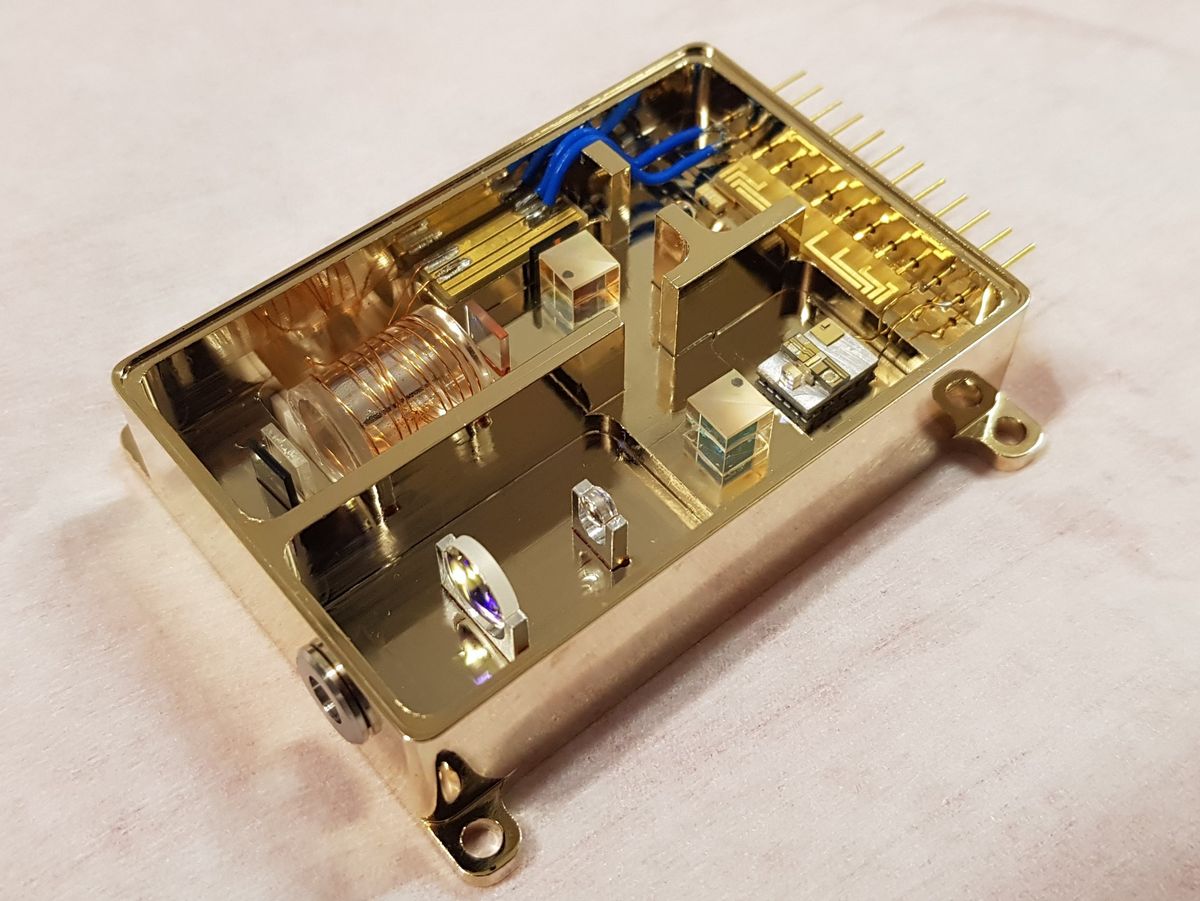The digital and electronic revolution that brought us the Internet and the smartphone was largely made possible by the invention of the integrated circuit (IC).
This allowed multiple electronic functions to be integrated into extremely small devices. This advance meant that today’s smartphones have millions of times more computing power than the Apollo 11 mission to the moon.
To put it simply, integrated circuits and modern electronics are based on the combined effect of millions of atoms and electronics.
Quantum technology, which is expected to have the same transformative effect on society as the digital revolution, deals with the manipulation of individual atoms and photons. “Quantum instruments which enable the control and manipulation of single atoms turn out to be exquisite sensors capable of measuring gravity, time, magnetic fields and acceleration and offer many more orders of magnitude more sensitivity than current state-of-the-art sensors.” says Stephen Duffy, General Manager of ALTER TECHNOLOGY TÜV NORD UK .
To manipulate atoms, extremely accurate lasers are needed that provide a narrow line width or a very pure colour of laser light. “For quantum applications we need lasers whose light colour is millions of times purer than that of the lasers used in Blu-Ray or DVD recorders,” says Mr. Duffy. These precise laser modules are usually very large. The FLAME laser module is very robust, no bigger than a pack of cards and makes it possible for quantum technology to move out of the university laboratory to take its place the real world.
The laser module is a key building block in a wide variety of quantum instruments, for example in a gravitometer. This uses gravity sensors to “see the invisible”. It can perform underground geological surveys and inspections and assess obstacles such as mine shafts, pipelines or cables that can pose major risks to large infrastructure projects.
And it can do all that without having to dig or drill holes. Laser modules such as FLAME can also be embedded in atomic clocks and in communication, transport and financial systems. Precise timestamping is used, for example, in financial transactions and stock trading.
But perhaps the most disruptive of all quantum applications is the quantum computer, which offers enormous computing power which surpasses that of our most powerful supercomputers. In November 2019, Google announced that its quantum computer had solved a complex calculation in 200 seconds. A conventional computer would have taken 10,000 years.
“Quantum computing offers new opportunities for the discovery of new drugs, materials science and financial modelling,” says Stephen Duffy. “TÜV NORD could influence standards for new protocols for quantum communication and calculation.”
